Pointers and Setters on the English Moors with David Hudson: HDC Episode #20
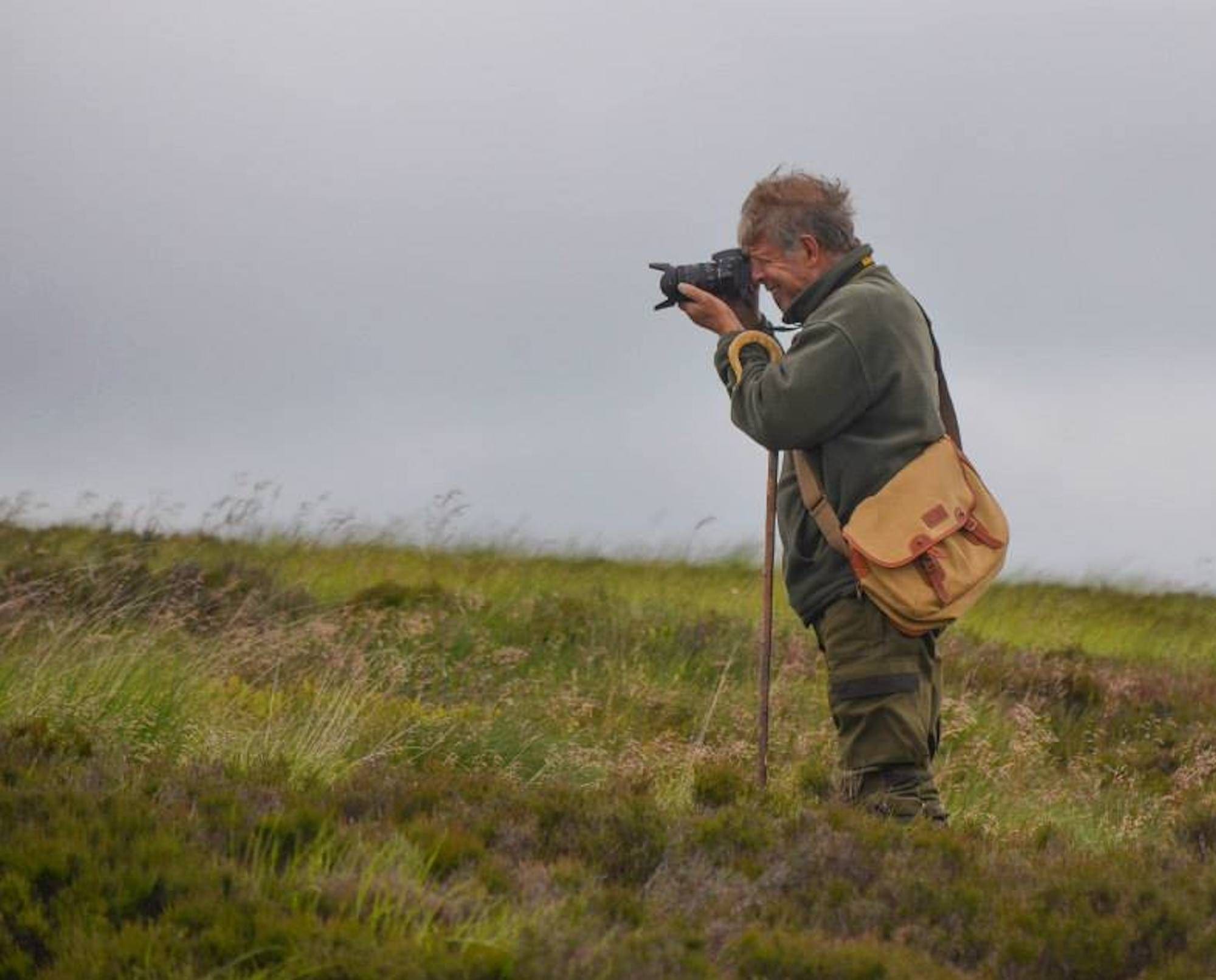
Travel across the Atlantic to discover the world of shooting and field trialing with Pointers and Setters in the United Kingdom
Kicking off our exploration of the methods of hunting with a dog, we start on the grouse moors of England and Scotland. We welcome our first guest to the show, David Hudson, who is an author, photographer, and pointing dog enthusiast with a rich history in the world of Pointers and Setters in the UK.
Before we can get too far, a language lesson is in order. What we call “hunting” in North America is typically referred to as “shooting” in the UK; there, hunting refers to pursuing game with hounds. David describes a typical shooting day afield with Pointers and Setters, which is significantly different from the driven shoots which are more popular in English field sports.
British field trials are designed to mimic a typical day afield with this style of shooting. The key difference is that all of the trialing dogs will be walking along with the group, leashed and absolutely silent. Total silence is required of the dogs who are awaiting their turn to run. Any slight noise will result in immediate disqualification. As a result, British dogs are expected to be very calm and quiet in an otherwise highly stimulating environment.
The field trial scene in the UK is very small as it has only a niche following among enthusiasts. It is not nearly as lucrative as retriever trials, so it means that the participants are primarily doing it for love of the dogs. This small community is tight-knit and is often found cheering each other on as the dogs compete.
We discuss the lack of crossover between British and Irish Pointers and Setters and the rest of continental Europe, which traces back to early rabies quarantine laws. Despite vaccines being prevalent now, the two worlds really haven’t exchanged much in the way of field trial participation or dog breeding stock. Of course, England had to look to other places to rebuild their dog populations after two world wars, but never really continued importing dogs for their breeding programs.
Finally, we talk about the traditions of British shooting culture and the unique language that goes along with it. Tune in to learn the unexpected definitions of “eye wipe” and “feathering,” among others.
Share | Comment, review and discuss this episode of the podcast in our Project Upland Community Facebook group.
Enjoy the show and don’t forget to rate, review, subscribe, and share this podcast.



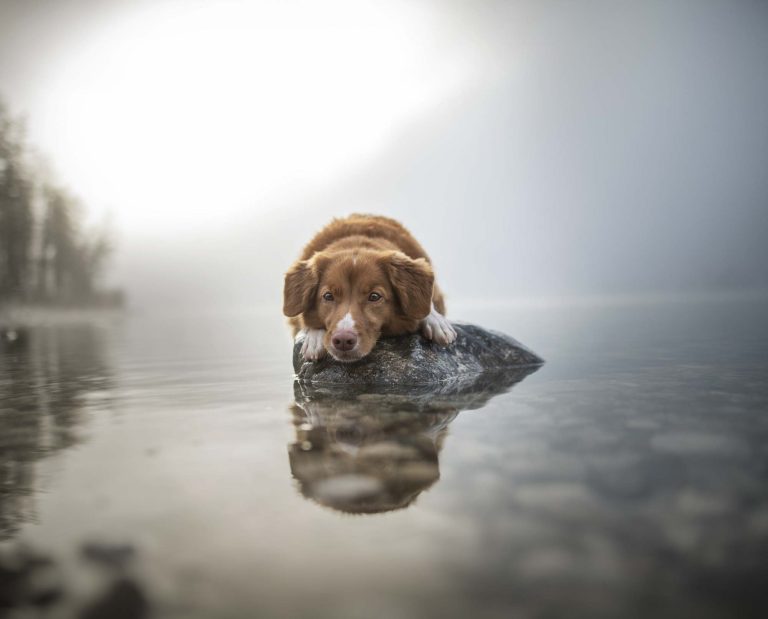
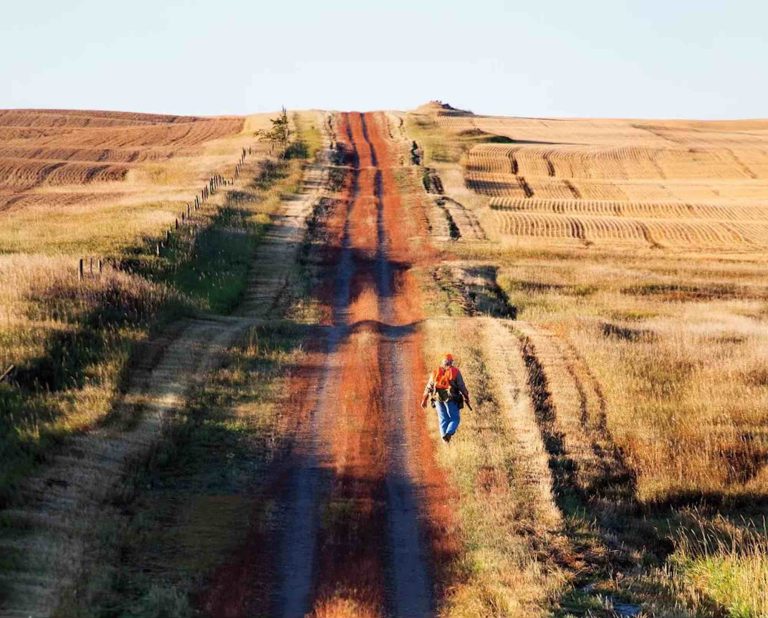
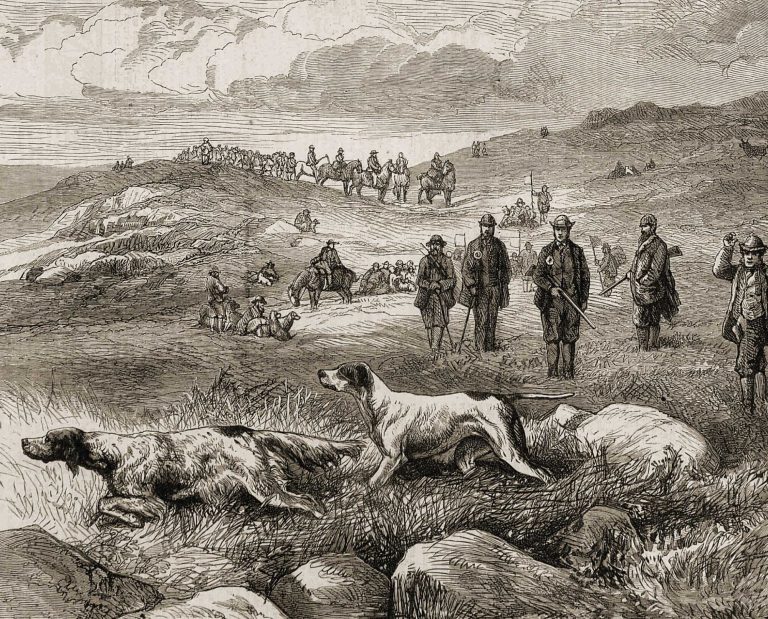
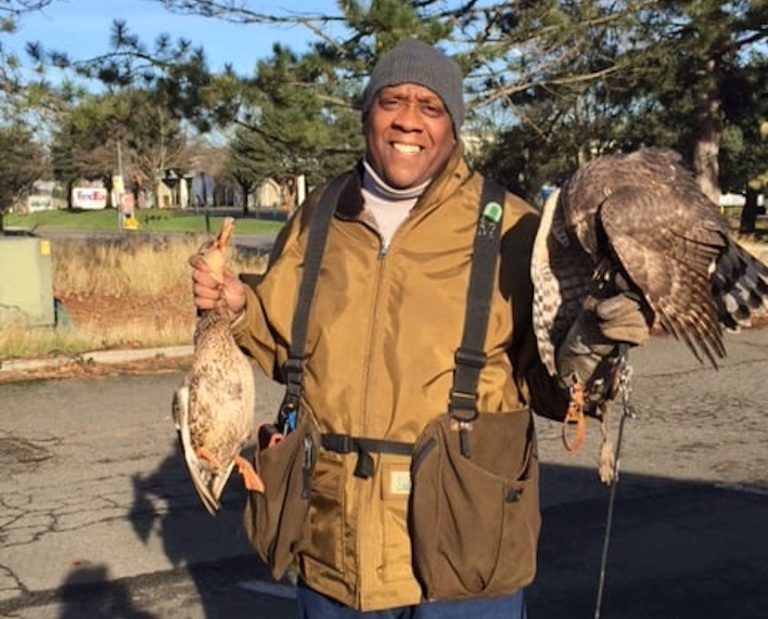
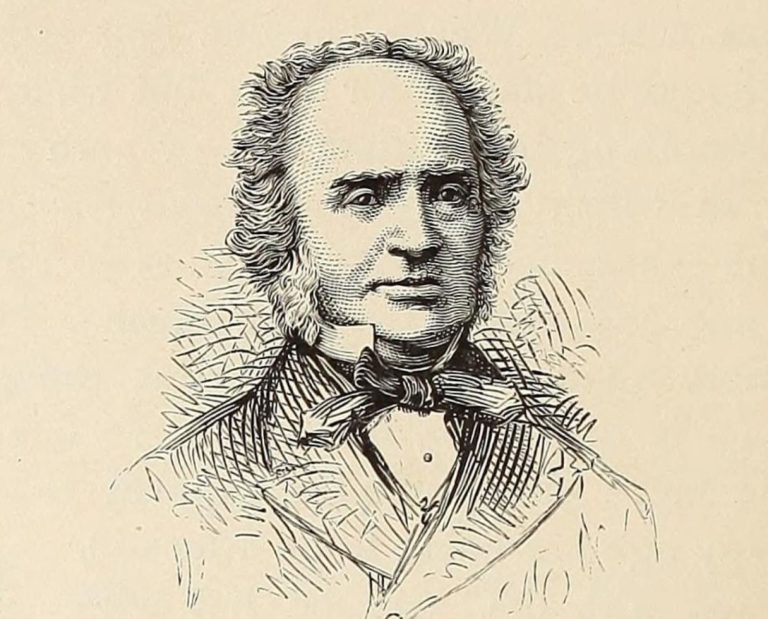
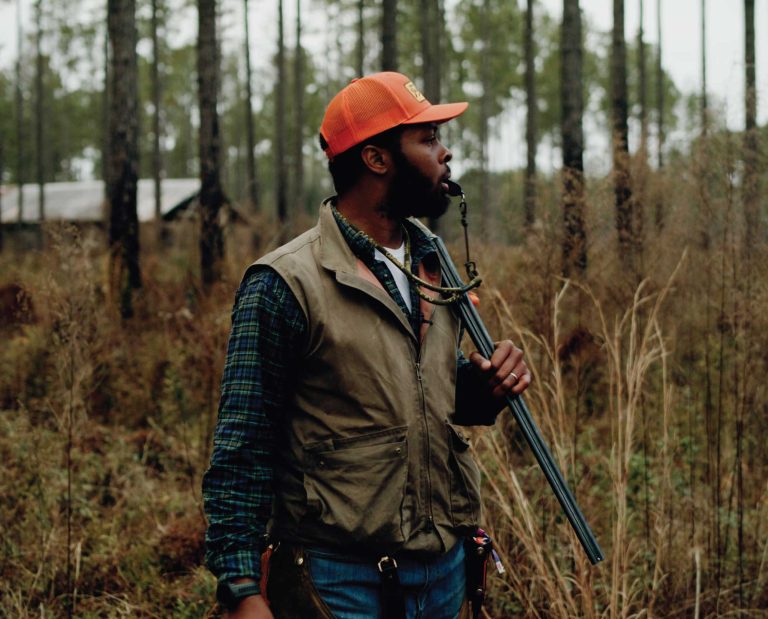
Excellent episode and I enjoyed listening to it immensely!
On the part about what happens after the dog goes on point. Craig said in America it’s always the hunter that goes in to flush the bird. I have to say that I have staunch pointing English Setters but I often release them from point and have the dog go in to do the flush. And I know I’m not the only one that handles my pointing dogs this way. There are advantages and disadvantages of either method, of course. But I find it of great advantage because I’m often hunting very thick cover, and it’s the nature of birds to hide in the thickest of spots. So to have the dog go into that thick cover is much better because they will more effectively find the bird and it allows me to stay out where I’ll much more likely have a safer, clearer, and more open shot. It also remedies the issue if it’s a false point, then the dog will usually just move up and re-point.